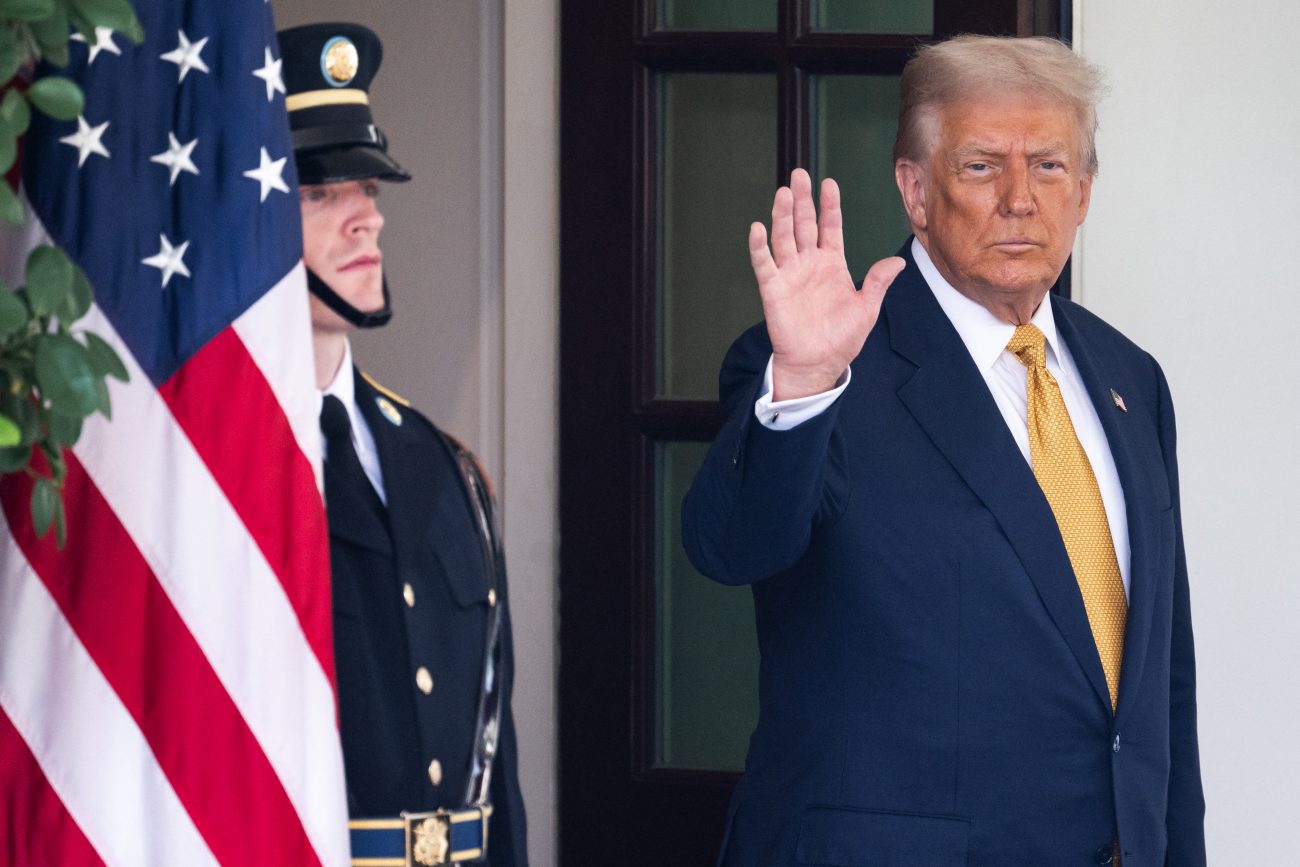Ecuadoran voters decisively rejected the return of US military bases to the country in a high-stakes referendum on Sunday, delivering a painful rebuke to Trump-aligned President Daniel Noboa.
With nearly 90 percent of votes tallied, approximately 65 percent of Ecuadorans voted “NO” to lifting a 2008 constitutional ban on foreign military installations—a clear mandate against renewing Washington’s footprint in the country.
This outcome not only blocks the US military’s potential re-entry to the once-vital Manta airbase on the Pacific coast—a former nerve center for anti-narcotics surveillance—but also highlights deepening public wariness toward external interventions in Ecuador’s spiraling security crisis.
The defeat marks a massive setback for Noboa, the 37-year-old scion of a banana-exporting fortune who ascended to power in late 2023 on vows to eradicate gang-fueled chaos.
Having recently secured a second term, Noboa had pinned his administration’s momentum on forging a robust security alliance with US President Donald Trump, including overtures for joint basing arrangements.
Yet, the referendum exposed cracks in his popularity, fueled by persistent crime waves, economic discontent over fuel subsidies, and widespread fears that such ties could erode national sovereignty.
The voting unfolded against a tense backdrop of escalating US-Ecuador cooperation, including American airstrikes on suspected drug-laden vessels in the Caribbean and Pacific, operations Noboa has vocally endorsed but which have sown division at home over sovereignty and collateral risks.
An estimated 14 million people were eligible to cast ballots on whether to overturn a 2008 ban on foreign military bases. Voters were also asked three other questions: whether to end public funding for political parties, reduce the number of lawmakers, and create an elected body to draft a new constitution.
The early count showed those proposals failing by a large margin, too
“We respect the will of the Ecuadoran people,” Noboa said, accepting the result in a measured post on X, though analysts detect an undercurrent of strategic recalibration.

Manta Air Base
Ecuador’s Eloy Alfaro International Airport in Manta was once a key U.S. anti-drug outpost.
Opened in 1978 by the Ecuadorian Air Force, the dual-use facility spans 755 hectares in Manabí Province. It gained global significance in 1999 when a 10-year lease allowed up to 475 U.S. personnel to operate from a 38-hectare section rent-free.
Ecuador, reeling from a devastating economic crisis that saw its currency collapse and hyperinflation soar past 90 percent, struck a deal with the U.S. on March 31, 1999.
Under President Jamil Mahuad—overthrown in a coup just months later—the agreement leased a slice of the base (about 5 percent, or 38 hectares) rent-free for a decade.
In return, the U.S. Southern Command (SOUTHCOM) pledged to bolster anti-narcotics efforts, injecting millions into the local economy through jobs, infrastructure, and training.
What followed was a decade of high-altitude drama. Up to 475 U.S. personnel—peaking at around 300—rotated through, operating E-3 AWACS radar planes for airborne surveillance and P-3 Orion maritime patrol aircraft to track “go-fast” boats laden with Colombian coke.
Covering a 6,400-kilometer swath from Peru to Central America, Manta flights accounted for 60 percent of eastern Pacific drug busts, contributing to seizures of over 700 tons of narcotics worth $35 billion.
Ecuador, a minor coca producer sandwiched between top suppliers Colombia and Peru, became an unwitting transit chokepoint—and Manta its watchful eye. Local boosters hailed the influx: Over $6.5 million annually fuelled Manta’s economy, spawning new schools, fire stations, and even a U.S.-trained firefighting squad.
“It reactivated tourism and created jobs,” recalled one early supporter in a 2009 interview.
Yet, beneath the surface, tensions simmered. Grassroots groups decried it as a “Yankee invasion,” accusing U.S. personnel of human rights abuses, including the sinking of Ecuadorian fishing vessels mistaken for smugglers, that claimed 15 lives and lingered in lawsuits for years.
Enter Rafael Correa, the U.S.-educated economist who swept into office in 2007 on a tide of anti-imperialist fervor. Campaigning against “gringo bases,” Correa vowed not to renew the lease when it expired in 2009.
His leftist vision clashed with Washington’s, especially as regional firebrands like Venezuela’s Hugo Chávez amplified calls for Yankee-free Latin America.
The tipping point came in 2008. Correa’s allies in the Constituent Assembly enshrined a nationwide ban on foreign military installations into Ecuador’s new constitution, ratified that September.
On July 29, Ecuador’s Foreign Ministry formally notified the U.S. that surveillance flights would cease in August 2009 and that the full withdrawal would be completed by November.
The purge extended to military brass: Correa sacked top commanders over alleged CIA ties, including links to Colombia’s 2008 raid on FARC rebels inside Ecuador—operations some whispered Manta supported.
By September 18, 2009, the last 15 U.S. troops handed over keys in a subdued ceremony.
Adam Isacson, Director for Defense Oversight at the Washington Office on Latin America (WOLA), reflected on the base’s 2009 closure in a 2010 WOLA report assessing its anti-narcotics legacy: Manta was a classic example of how U.S. forward operating locations could punch above their weight in disrupting maritime trafficking routes—but its eviction also showed the limits of basing when sovereignty sentiments run high. Seizures dropped sharply afterward, proving that aerial eyes in the sky were irreplaceable, yet the backlash highlighted why locals saw it less as a shield and more as a foothold.
By ET Desk with AFP Inputs




